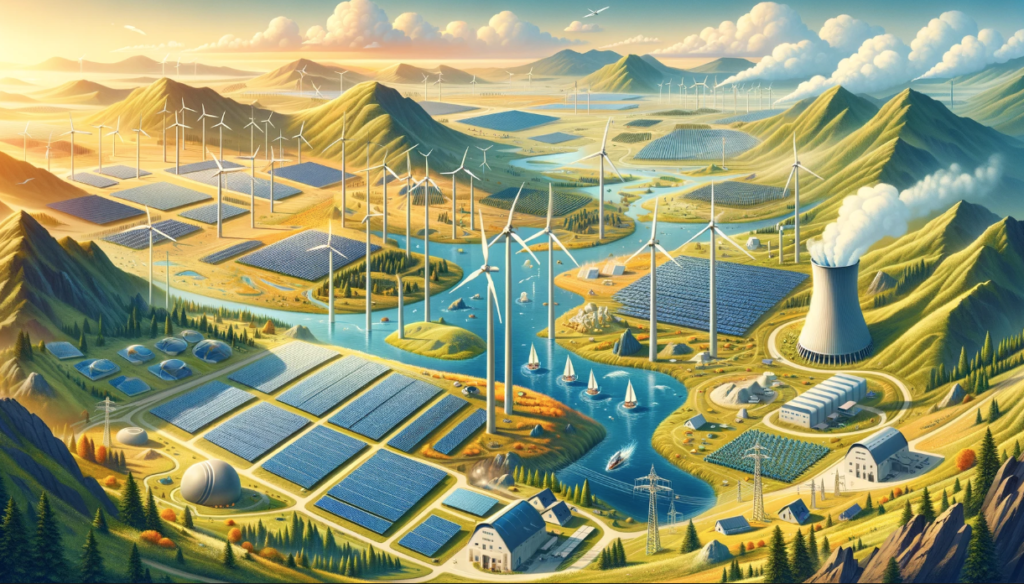Lesson 14.
Urbanization and Its Challenges (都市化とその課題)

▮ Explanatory Text:
Urbanization refers to the increasing population in cities and towns versus rural areas. This global trend is driven by the search for better employment, education, and living standards. While urbanization can lead to economic growth and development, it also presents significant challenges such as overcrowding, pollution, inadequate infrastructure, and social inequality. Addressing these challenges requires innovative and sustainable urban planning and policies that promote equitable growth and improve the quality of life for all urban residents. This topic explores the complex dynamics of urbanization, its impact on communities and the environment, and the strategies to mitigate its adverse effects.
▮ Common Phrases:
1. Rapid urbanization leads to…
2. Sustainable urban development involves…
3. To tackle housing shortages, we need…
4. Public transportation systems play a crucial role in…
5. Addressing social inequality in urban areas requires…
▮ Example Sentences:
1. Rapid urbanization leads to increased demand for housing, services, and infrastructure.
2. Sustainable urban development involves integrating environmental, economic, and social policies.
3. To tackle housing shortages, we need innovative solutions like affordable housing projects and zoning reforms.
4. Public transportation systems play a crucial role in reducing traffic congestion and pollution.
5. Addressing social inequality in urban areas requires policies that ensure access to quality education, healthcare, and employment opportunities.
▮ Questions:
1. What are the primary drivers of urbanization, and how do they vary across different regions?
This question encourages learners to explore the factors contributing to urbanization and how these factors differ globally.
2. How does urbanization impact the environment, and what can be done to mitigate these effects?
Participants discuss the environmental consequences of urban growth and sustainable practices that can reduce the ecological footprint of cities.
3. What challenges do cities face in providing adequate housing and infrastructure to their growing populations?
This prompts a discussion on the housing and infrastructure crisis in urban areas and potential solutions to address these issues.
4. In what ways can public transportation contribute to solving urban challenges?
Learners examine the role of public transit systems in enhancing urban mobility, reducing pollution, and improving the quality of life.
5. How can cities address social inequality and ensure that the benefits of urbanization are equitably distributed?
This question invites discussion on strategies to combat inequality and promote inclusive growth in urban development.
▮ Discussion Instructions:
Choose an urban challenge that interests you or that you have observed in your city or another urban area. Discuss the scope of the problem, its underlying causes, and potential strategies for addressing the issue. Consider how urban planning and policy interventions can create more sustainable, inclusive, and livable cities.







